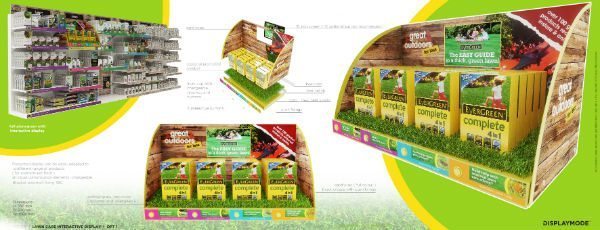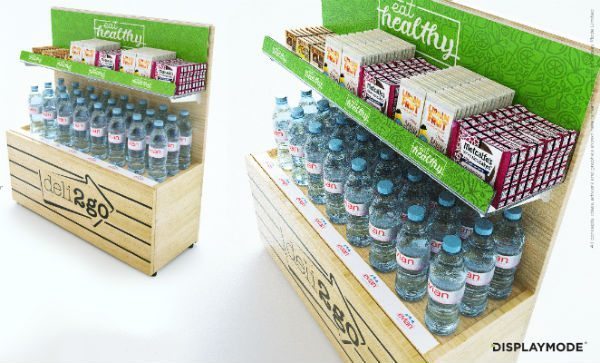The Science Behind Supermarket Shelves
How is Product Placement is Managed?
Next time you find yourself walking down an aisle on a shopping trip, take a moment to absorb the shelves in front of you. To the untrained eye, it may seem completely random, but what you’re actually viewing is a masterpiece that combines an understanding of human behaviour and shelving units that challenge the limits of efficiency.
The planogram
The picture in front of you as you look at the products on the shelves is called a planogram, which isn’t the most difficult term to decipher. In short, it is a planned diagram that is meant to maximise shelf space and location to increase sales.
Planogram software and templates can cover a wide range of options. Do you want to make the best use of the space under a counter? There’s a planogram for that. Maybe the holiday season is around the corner and you need to maximise a small space with holiday themes. There’s a planogram for that, too.
Designed with eyes in mind
The science behind planogram design has several components, the most important of which is eye tracking. In most retail environments, displays are meant to draw your eyes to certain places of interest and in a certain pattern.
In fact, most eye tracking studies rely on the planogram design templates to act as a control, thus making the discoveries more reliable.
The challenge of employing these techniques quickly becomes a matter of compromise, as each individual component placed on the shelf has to be optimised for its own benefit but also has to fit and enhance the overall aesthetic of the display. An optimally-placed item will fare no better than others on a poorly-designed display.

Above and beyond
One of the more difficult concepts for retail store designers to understand is how the height of shelves can influence purchasing decisions. It stands to reason that high shelves can display more products and gives the impression that the store carries a wide variety of items.
However, it turns out that the truth is just the opposite. The other variable that needs to be considered is that high shelves block the view of other high shelves. In other words, the concept works against what it is supposed to work for. Instead of showcasing an array of products, each high shelf only serves to block the view of the next shelf, making the store look small. In addition, if you are unable to fill those shelves at any point, the negative influence on the store perception doubles, as the customer sees fewer shelves that are only partially stocked.
In contrast, low shelves offer unique benefits to customer perception. Because most shoppers can see over them, it shows the entire store space, which provides them with a clear view of the size of the store.

And because the shelves are lower to the ground and don’t hold as much space for product placement, it is much easier to keep the shelves stocked.
Remember how you used to spread your vegetables out on the plate to make your parents think you had eaten them all? The concept here has quite the same effect. Low and stocked shelves naturally look to the eye to be more full than high shelves with missing stock, even if the former has the same amount or even less product than the latter.
Let us know if we can help you plan custom displays to utilise your shelf space to best feature your products. Call us on +44 (0) 1536 460805 for a friendly discussion on how your plans might be advanced. Alternatively, subscribe to our POS Academy email list for advice, guides and tips.
[fl_builder_insert_layout id=2275]